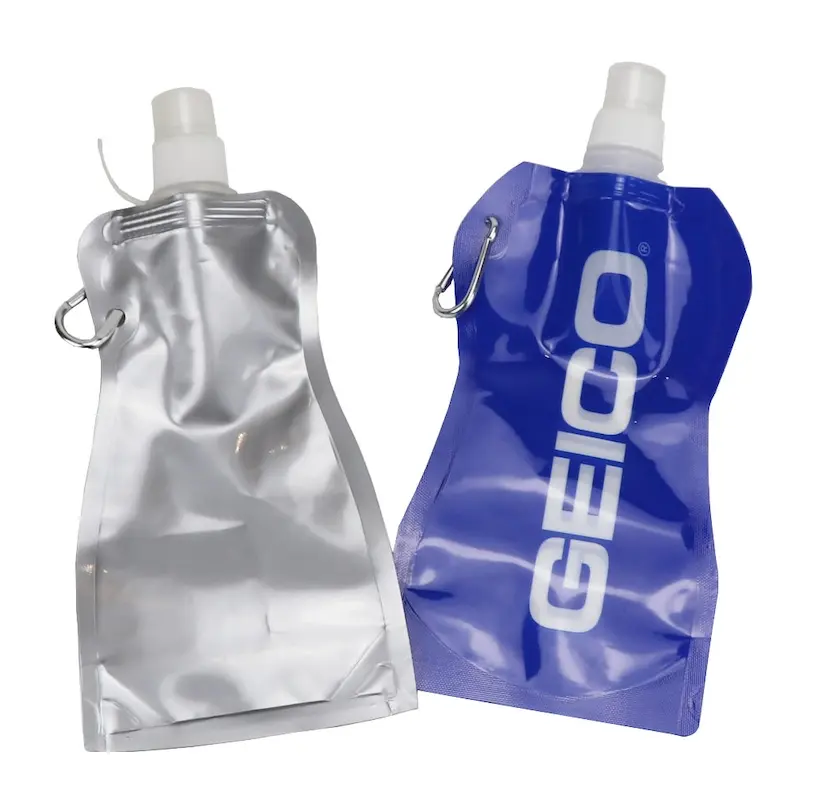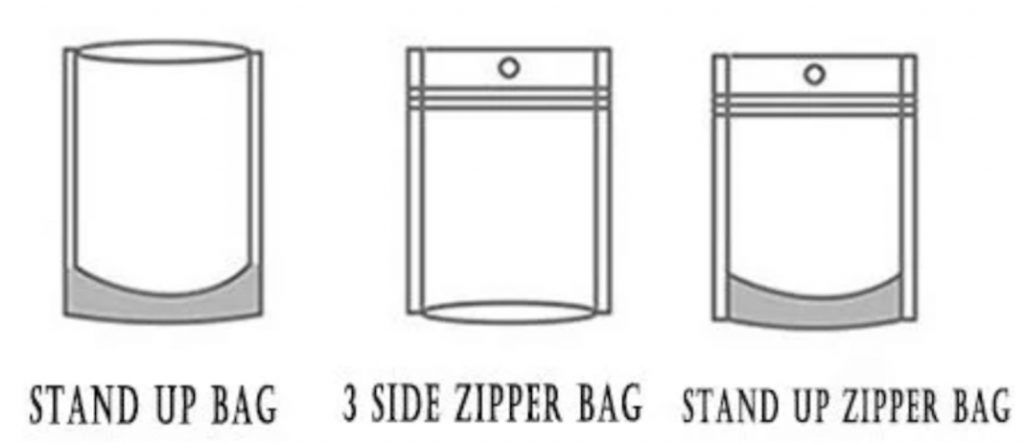WeChat:
+86-189 7322 3283
What’s app::
+86-13630093256
Content Menu
● The Importance of Packaging in the Food Business
>> Key Functions of Food Packaging
>>> 1. Preservation of Freshness
>>> 3. Environmental Considerations
● Current Trends in Food Packaging
>> Sustainable Packaging Solutions
>>> 1. Biodegradable and Compostable Materials
>>> 2. Minimalist Packaging Design
>>> 3. Smart Packaging Technologies
>> Innovations in Food Packaging Materials
>>> 1. Plastics
>>> 2. Glass
>>> 4. Metal
● The Role of Xinshunheng Industrial Co., Ltd.
>> FAQs
In the competitive landscape of the food industry, effective packaging is not just a necessity; it is a strategic advantage. Packaging for food business plays a crucial role in preserving product quality, ensuring safety, and enhancing brand visibility. At Xinshunheng Industrial Co., Ltd., we specialize in providing OEM services for food packaging solutions that meet the diverse needs of brands, wholesalers, and manufacturers worldwide. This article delves into the importance of food packaging, current trends, sustainable practices, and the various materials used in the industry.

Food packaging serves multiple essential functions:
1. Protection and Preservation: Packaging protects food from contamination, spoilage, and physical damage. It extends shelf life by preventing exposure to air, moisture, and light, which can degrade food quality.
2. Safety Compliance: Packaging must comply with food safety regulations to ensure that materials do not leach harmful substances into food. This is critical for maintaining consumer trust and brand integrity.
3. Marketing and Branding: Attractive packaging can significantly influence consumer purchasing decisions. It communicates brand identity and product information, making it a vital marketing tool.
4. Convenience: Well-designed packaging enhances user experience, making it easier for consumers to store, transport, and consume food products.
Food packaging materials are designed to maintain the freshness and quality of food products. For instance, vacuum-sealed packaging can significantly extend the shelf life of perishable items by removing air and preventing oxidation.
Packaging provides essential information about the product, including ingredients, nutritional facts, and expiration dates. This transparency helps consumers make informed choices.
With growing awareness of environmental issues, sustainable packaging solutions are becoming increasingly important. Brands are now focusing on eco-friendly materials that minimize waste and reduce their carbon footprint.
Sustainability is a major trend in the food packaging industry. Consumers are increasingly demanding eco-friendly options, prompting companies to adopt sustainable practices. Here are some notable trends:
Many companies are shifting towards biodegradable and compostable packaging materials, such as those made from plant-based sources like cornstarch and sugarcane. These materials break down naturally, reducing landfill waste.
Minimalist designs focus on reducing excess materials while maintaining functionality. This approach not only cuts costs but also appeals to environmentally conscious consumers.
Innovations in smart packaging, such as QR codes and temperature-sensitive materials, enhance consumer engagement and provide real-time information about product freshness.
The choice of packaging materials is critical for ensuring food safety and quality. Here are some commonly used materials in the food packaging industry:
Plastic remains one of the most widely used materials due to its versatility and cost-effectiveness. However, the industry is moving towards recyclable and biodegradable plastics to address environmental concerns.
Glass packaging is favored for its ability to preserve flavor and freshness. It is also recyclable, making it a sustainable choice for many food products.
Paper and cardboard are popular for their recyclability and biodegradability. They are commonly used for packaging dry goods, snacks, and takeout containers.
Metal packaging, such as aluminum cans, is durable and provides excellent protection against light and oxygen, making it ideal for beverages and canned foods.
At Xinshunheng Industrial Co., Ltd., we understand the complexities of food packaging. Our OEM services are tailored to meet the specific needs of our clients, ensuring that their products are packaged effectively and sustainably. We offer a wide range of packaging solutions, including:
– Custom-designed packaging that reflects your brand identity.
– Eco-friendly materials that comply with international safety standards.
– Innovative designs that enhance product visibility and consumer appeal.
In conclusion, packaging for food business is a multifaceted discipline that combines functionality, safety, and marketing. As the industry evolves, companies like Xinshunheng Industrial Co., Ltd. are at the forefront of providing innovative and sustainable packaging solutions that meet the demands of modern consumers. By prioritizing effective packaging strategies, businesses can enhance their market presence and contribute to a more sustainable future.

1. What are the main functions of food packaging?
– Food packaging protects products, preserves freshness, provides information, and serves as a marketing tool.
2. Why is sustainable packaging important?
– Sustainable packaging reduces environmental impact, meets consumer demand for eco-friendly products, and enhances brand reputation.
3. What materials are commonly used in food packaging?
– Common materials include plastics, glass, paper, cardboard, and metal.
4. How can I ensure my packaging complies with safety regulations?
– Work with reputable suppliers and manufacturers who adhere to food safety standards and regulations.
5. What trends are shaping the future of food packaging?
– Key trends include sustainable materials, smart packaging technologies, and minimalist design approaches.
Hot Tags:Best Food Packaging Solutions For Restaurants And Cafes,Eco-Friendly Packaging Options For Food Businesses,Custom Printed Packaging For Branding And Marketing,Sustainable Containers For Takeout And Delivery,Resealable Packaging For Fresh And Dry Foods, manufacturers, Customized, custom, suppliers, buy, cheap, Quality, Advanced, Durable, in stock, free sample, made in China, price, quotation